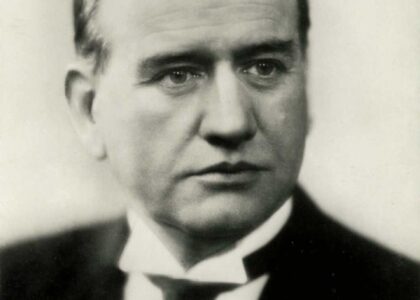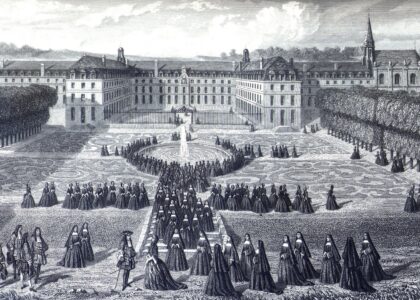Welcome to the captivating region of the Palouse, a fascinating tapestry of history, agriculture, and education in the northwestern United States. The Palouse spans across parts of north central Idaho, southeastern Washington, and by some accounts, even into northeast Oregon. Known for its fertile soils, this region has been a cornerstone of agriculture, primarily producing wheat and legumes.
The story of the Palouse begins in the late 19th century, during a time of rapid growth and change. Originally the domain of cattle and sheep ranching, the Palouse transformed into a thriving wheat-growing area by the 1880s. This transformation was catalyzed by successful experiments in wheat farming, which drew numerous settlers to the region, sparking a minor land rush. The subsequent establishment of railroads in the area further accelerated its settlement and agricultural development.
The name ‘Palouse’ itself carries a bit of mystery, with two main theories surrounding its origin. One suggests it was derived from the Palus tribe, a Native American group whose name was adapted by French-Canadian fur traders to ‘pelouse,’ a French term meaning ‘land with short and thick grass.’ Another theory posits that the French word was first used to describe the region and was later applied to its indigenous inhabitants.
In the broader historical context, the Palouse played a significant role in the economic development of the region. By the late 19th century, towns like Colfax, Pullman, and Moscow emerged as key centers within the Palouse. Notably, Pullman and Moscow became the sites of two major land-grant universities: Washington State University and the University of Idaho, both established in the early 1890s. These institutions have contributed significantly to the educational and cultural landscape of the region.
The Palouse is also home to natural wonders like Steptoe Butte, a prominent landmark that offers breathtaking views of the undulating hills. This butte, preserved as a state park, is one of the oldest geological formations in the area, providing a glimpse into the ancient past of the region.
As you explore the Palouse, imagine the bustling activity of the late 19th century, when settlers and farmers transformed the landscape into a vibrant agricultural hub. Picture the steam engines chugging through the fields, the early students arriving at the new universities, and the vast fields of wheat swaying in the breeze. This is the Palouse, a region rich in history and vital to the agricultural and educational fabric of the Northwest.




